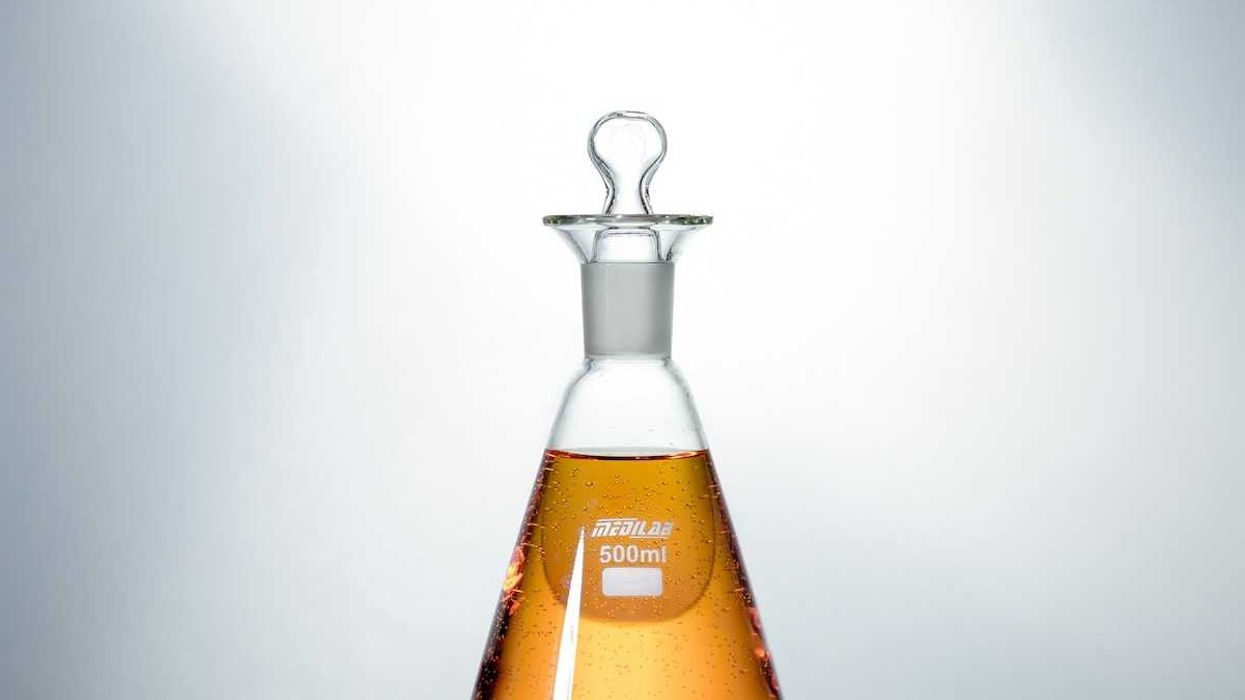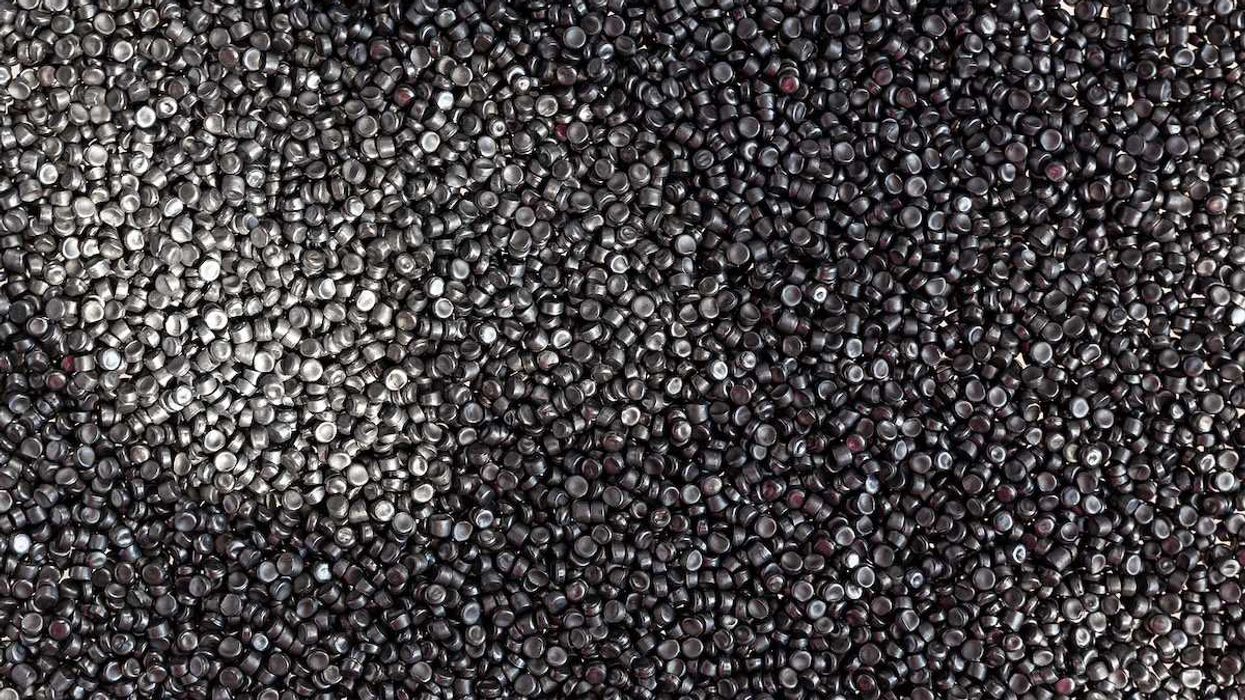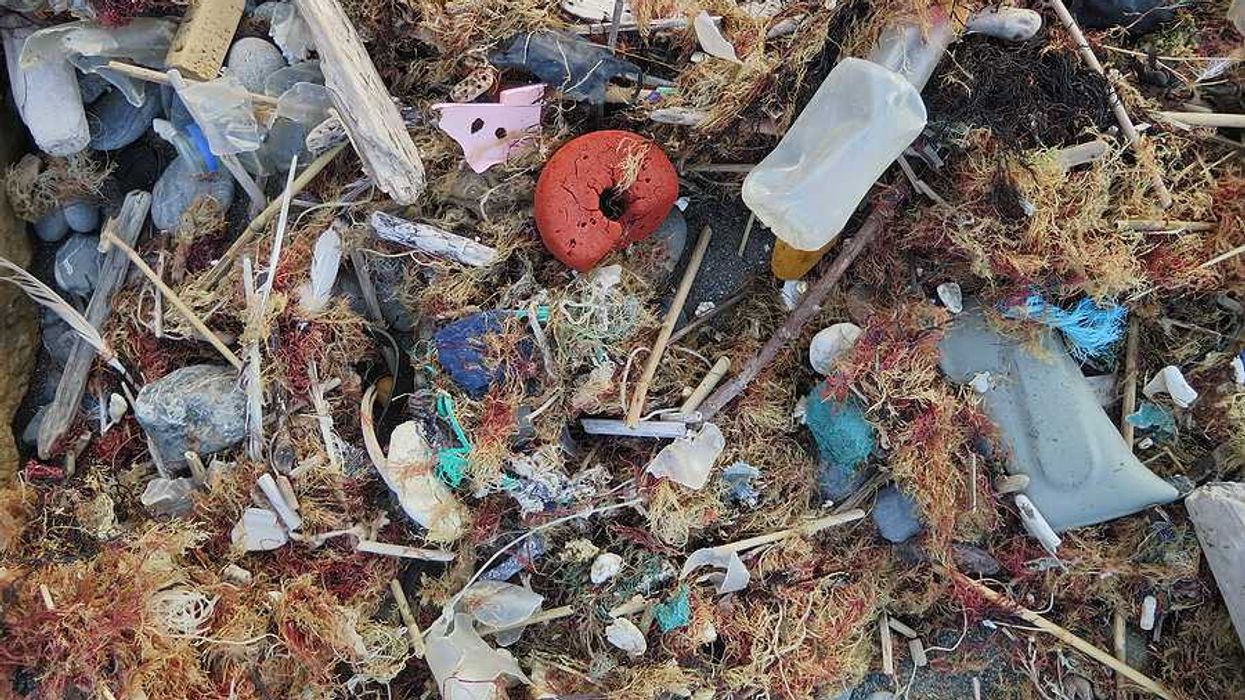In a recent study published in Environmental Science & Technology, researchers developed a database documenting all known uses of toxic PFAS chemicals and assessing potential alternatives based on their performance, availability, and safety.
In short:
- The database identified 18 primary uses for PFAS across 325 applications, and found that 10% can be considered non-essential uses.
- Safer and effective PFAS-free alternatives were identified for 40 different applications, including for some types of food packaging.
- For 83 applications of PFAS, there are currently no alternatives available, highlighting a critical need for more research.
Key quote:
“The information in the database can help the authorities to identify uses of PFAS where alternatives are still lacking and should be the focus of their time and resources for further research.”
Why this matters:
PFAS, which are used in many everyday products, are associated with severe health effects including an increased risk of cancer, liver and kidney damage, and developmental issues in babies and children. The US currently regulates 6 types of PFAS, but there are over 10,000 of these toxic chemicals. While it’s important to identify alternatives that can safely replace PFAS in their many applications, scientists also point to the need for a broad regulatory approach in order to reduce exposure and address PFAS’ harm to human health.
Related EHN coverage:
- States move to cement PFAS protections amid fears of federal rollbacks
- Industry pushback intensifies against EU proposal to regulate all PFAS chemicals
More resources: The authors of this study have partnered with ZeroPM to make their PFAS database publicly accessible.
For more information on PFAS contamination, you can visit PFAS Project Lab's map of U.S. PFAS contaminated sites and the Forever Pollution Project’s map of contamination across Europe.
Figuière, Romain et al. for Environmental Science & Technology vol. 59, 4. Jan. 24, 2025

















